Slide Show - Treating AML
Click here to take our SURVEY
Your feedback is important to us! We will use your feedback to develop future areas of content about AML which will help other patients, caregivers and families.
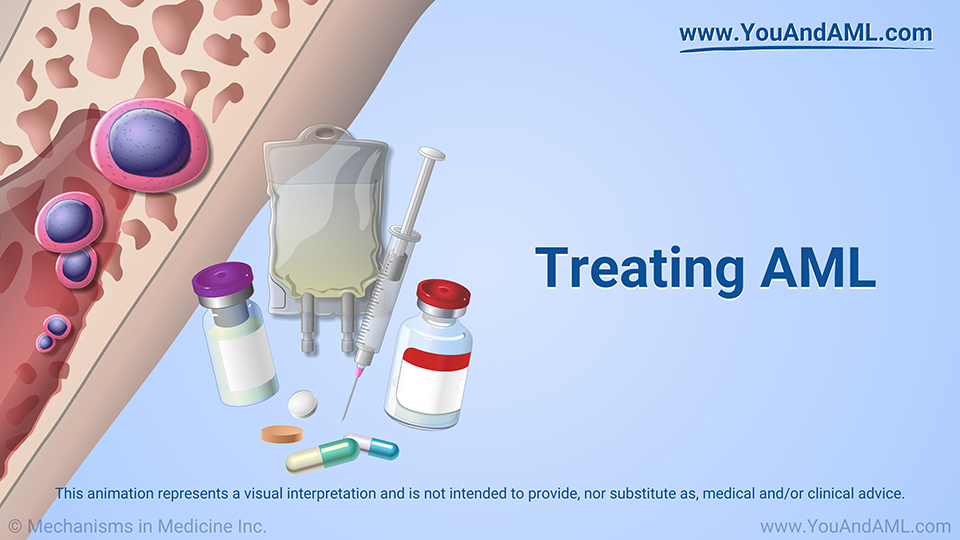
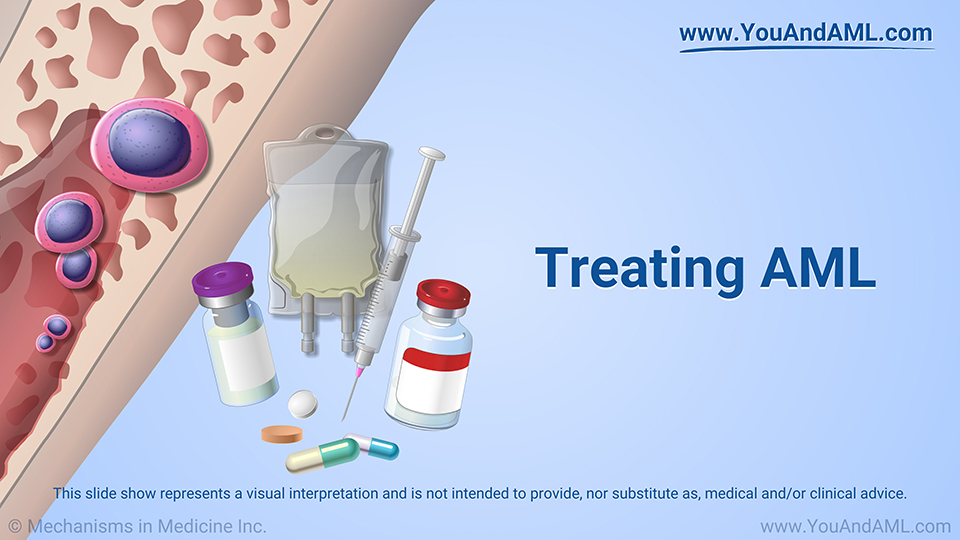
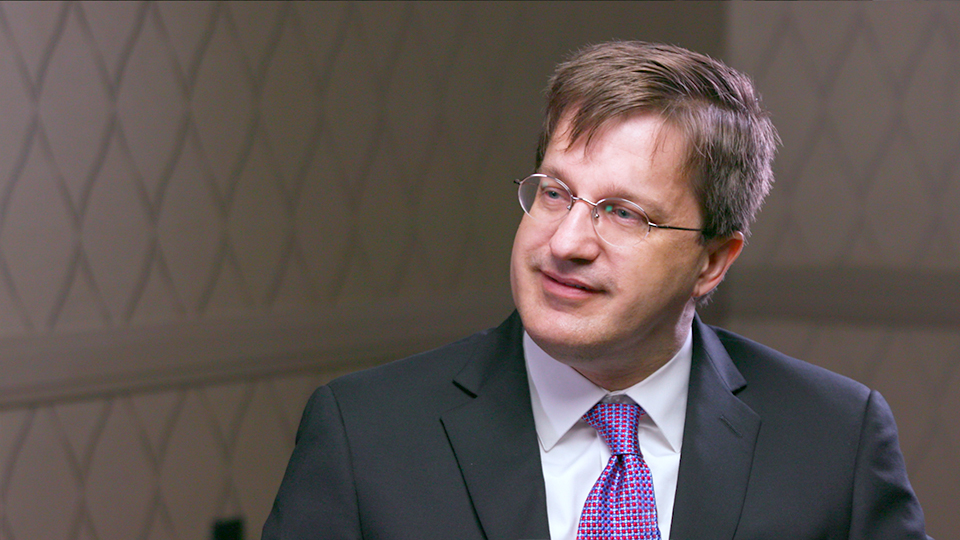
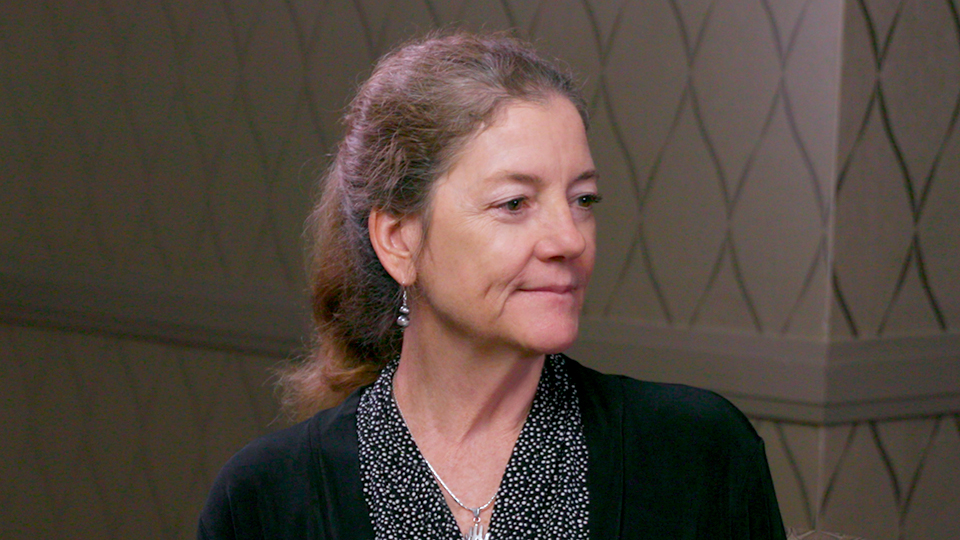
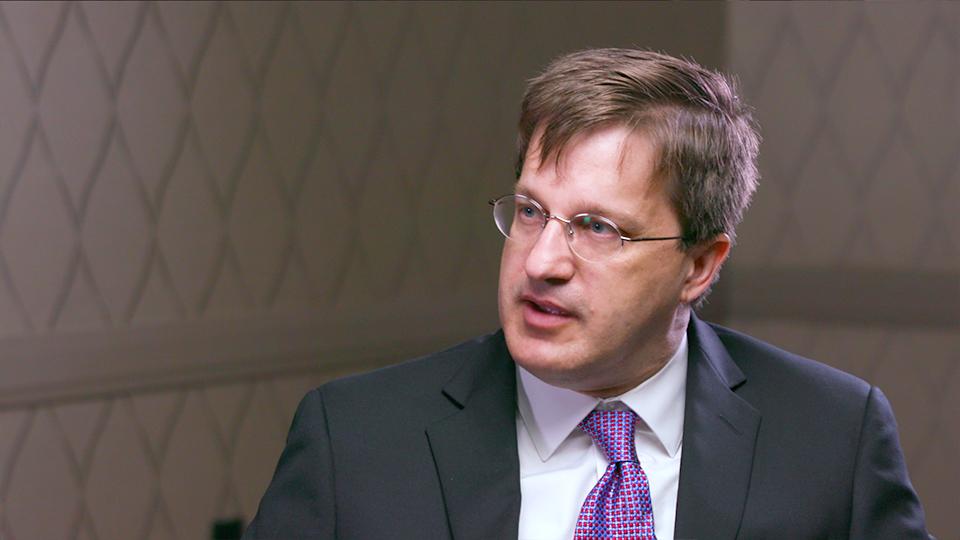
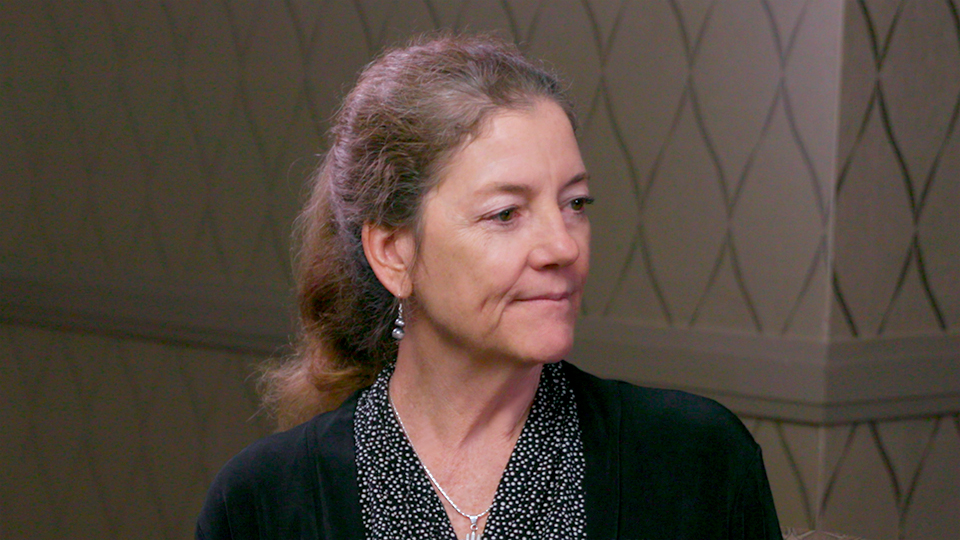

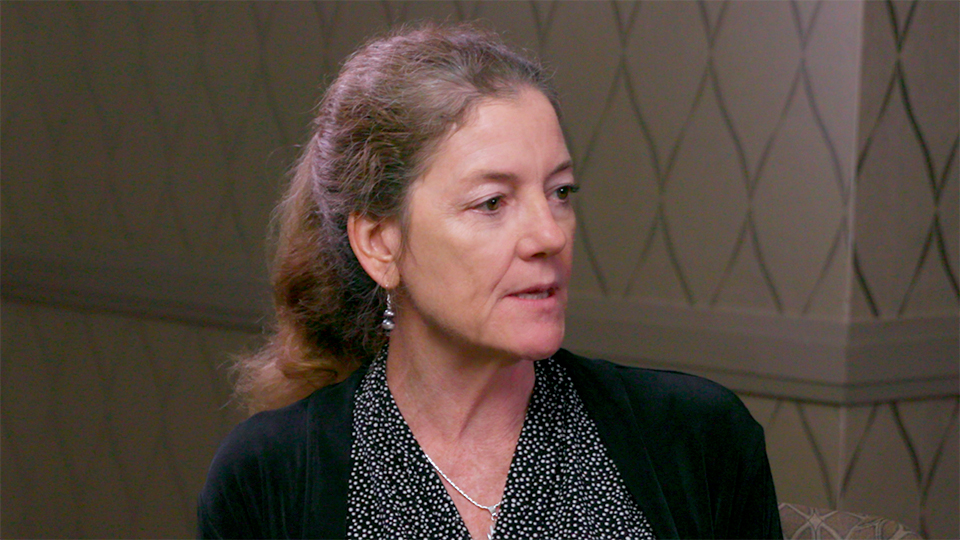








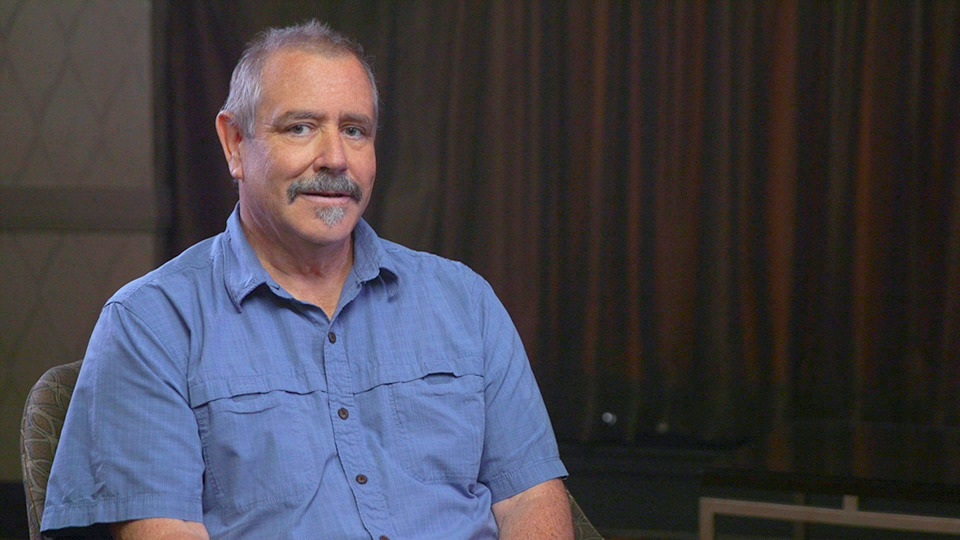
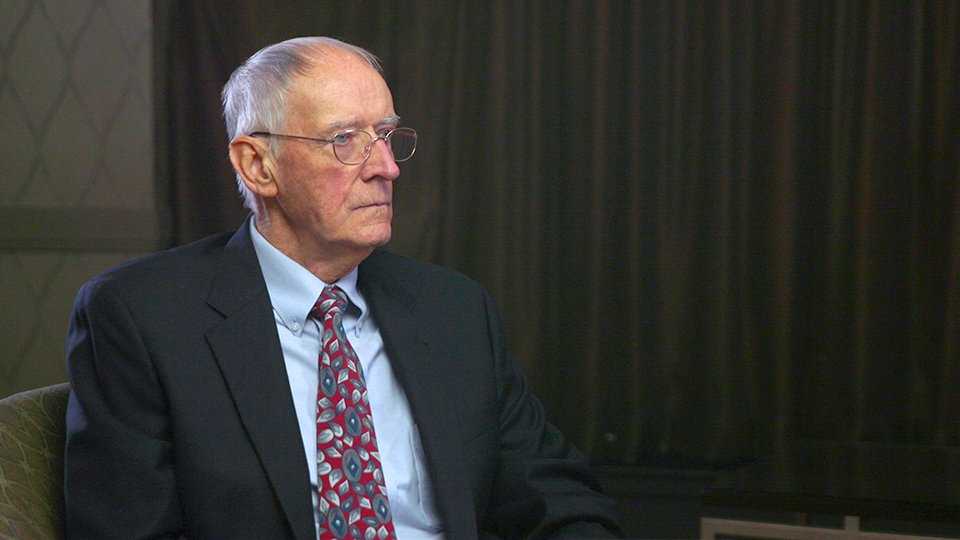


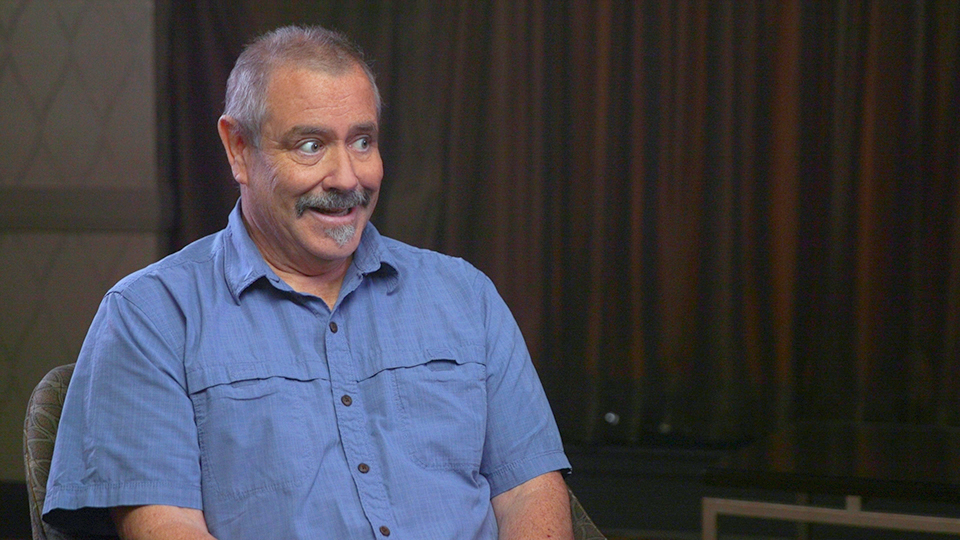
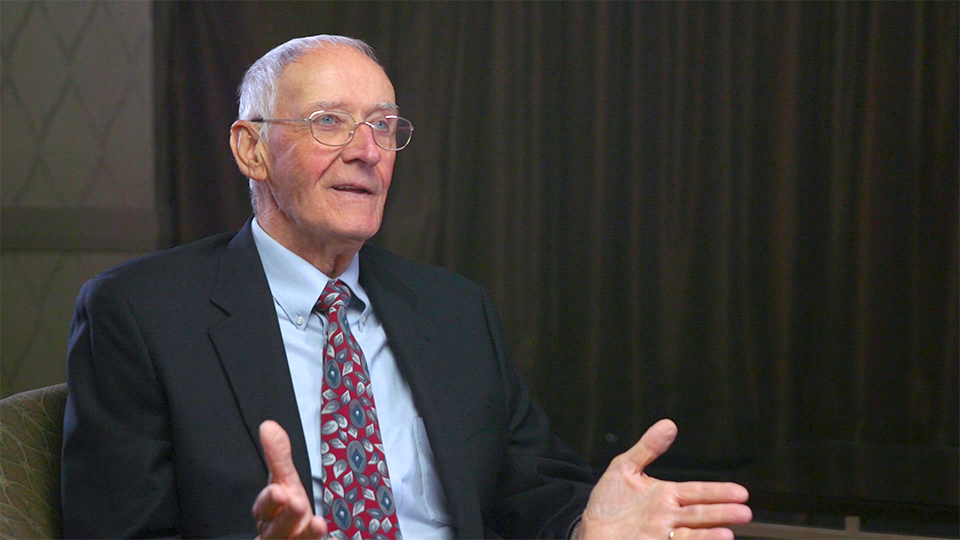
Treating AML
*Please note: This slide show represents a visual interpretation and is not intended to provide, nor substitute as, medical and/or clinical advice.
How is AML treated?
Acute myeloid leukemia (AML) is usually a fast-growing cancer of the bone marrow and blood. Because it can progress quickly, treatment often needs to start soon after it is diagnosed.
However, some forms of AML have a slower onset and treatment may be held while waiting on full results of diagnostic tests.
How is AML treated?
Several factors go into planning treatment for AML, including:
Key terms used in AML treatment: Complete remission
Let’s define some of the terms used in AML treatment.
A goal in AML treatment is to achieve a complete response or remission. Remission means that
Key terms used in AML treatment: Complete remission
Key terms used in AML treatment: Measurable residual disease (MRD)
Measurable residual disease, or MRD, means that highly sensitive tests find a small number of blast cells in the bone marrow that can’t be seen with the eyes.
MRD is sometimes also called minimal residual disease.
Undetectable MRD, means no disease is detected by these sensitive tests and means the outlook for the patient is better.
Key terms used in AML treatment: Hematologic recovery
Hematologic recovery means that
Key terms used in AML treatment: Cytogenetic response
Key terms used in AML treatment: Molecular response
A molecular response means that a PCR test finds no abnormal DNA in the blood or bone marrow. PCR stands for polymerase chain reaction. This test looks at individual molecules of DNA to find changes in genes or chromosomes.
What is chemotherapy for AML? Induction chemotherapy
Chemotherapy is a main treatment for most types of AML.
Chemotherapy for AML is sometimes given in two phases. The first phase is called induction.
The goal of induction therapy is to induce a complete response by killing as many leukemia cells as possible, getting blood cell counts back to normal, and removing all signs of cancer.
Induction therapy usually works better when at least two drugs are given together.
What is chemotherapy for AML? Consolidation chemotherapy
The second phase of chemotherapy for AML is called consolidation. This phase happens after remission.
The goal of consolidation therapy is to kill any leukemia cells left behind in the body. Without consolidation therapy, AML is likely to come back.
Chemotherapy for AML
Sometimes AML is not treated in two phases like this. Some patients, especially older patients, are treated with a single drug or a combination of drugs without a specific induction and consolidation phase. Examples include the drugs decitabine, azacitidine, and venetoclax.
What is a stem cell transplant?
In a stem cell transplant, a patient receives an infusion of healthy blood-forming cells from a donor after receiving high doses of chemotherapy, to empty the bone marrow of their own blood-forming cells.
Who is a candidate for a stem cell transplant?
Younger patients who are healthy, except for having AML, are often considered the best candidates for a stem cell transplant. But there is increasing experience with doing transplants in older patients. Even after a stem cell transplant, though, some risk remains that AML could come back.
What is targeted therapy for AML?
Targeted therapy uses drugs that take aim at certain parts of cancer cells, such as changes in genes that regulate normal development of blood cells.
These drugs may work by themselves, but often work better when they are given with chemotherapy.
Targeted drugs usually don’t work unless a patient’s cancer has the specific abnormal gene that the drug targets.
Midostaurin, gilteritinib, enasidenib and ivosidenib are examples of targeted therapies for certain types of AML.
What can be done to treat AML that doesn’t go into remission or comes back?
When AML doesn’t go into remission, or it comes back, the U.S. Food and Drug Administration, or FDA, has approved several drugs that can be used to treat it.
What is the outlook after AML treatment?
The outlook, or prognosis, after treatment for AML often depends on age. Younger patients tend to have a better outlook than older ones, but this varies from patient to patient.
AML is harder to treat in older patients for several reasons.
More questions about AML?
It’s important to discuss all your treatment options with your doctor or cancer care team, so you can make decisions that are right for you. Ask questions if there is anything you are not sure about.
Click here to take our SURVEY
Your feedback is important to us! We will use your feedback to develop future areas of content about AML which will help other patients, caregivers and families.






















This educational activity has been developed by the Myelodysplastic Syndromes Foundation, Inc. and Mechanisms in Medicine Inc.
This activity is supported by educational grants from AbbVie, Acceleron, Bristol-Myers Squibb, Celgene Corporation, Daiichi Sankyo, Jazz Pharmaceuticals and Takeda Oncology.
This website is part of the Animated Patient™ series developed by Mechanisms in Medicine Inc., to provide highly visual formats of learning for patients to improve their understanding, make informed decisions, and partner with their healthcare professionals for optimal outcomes.

